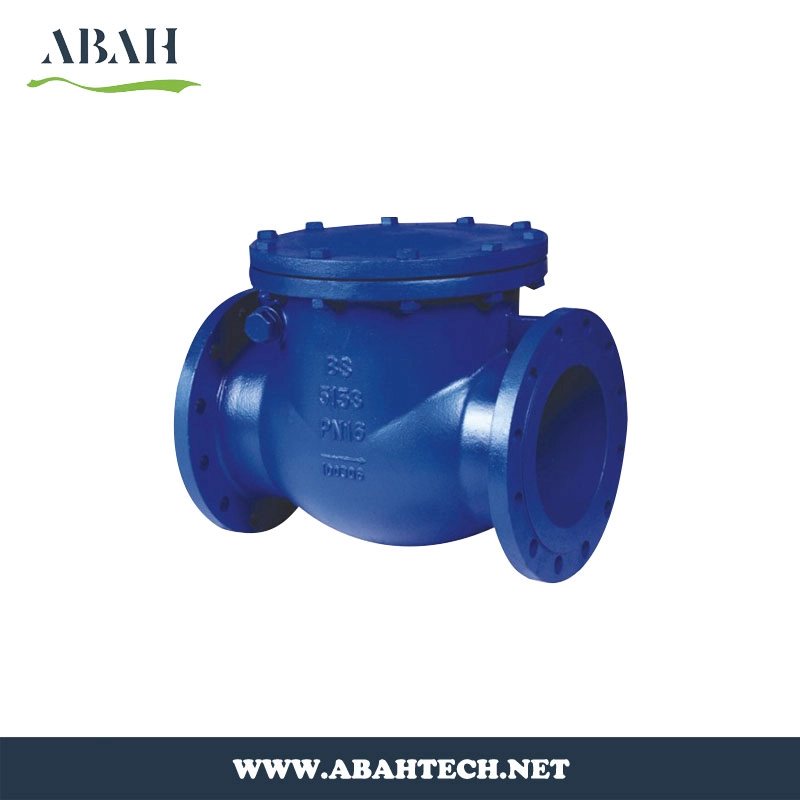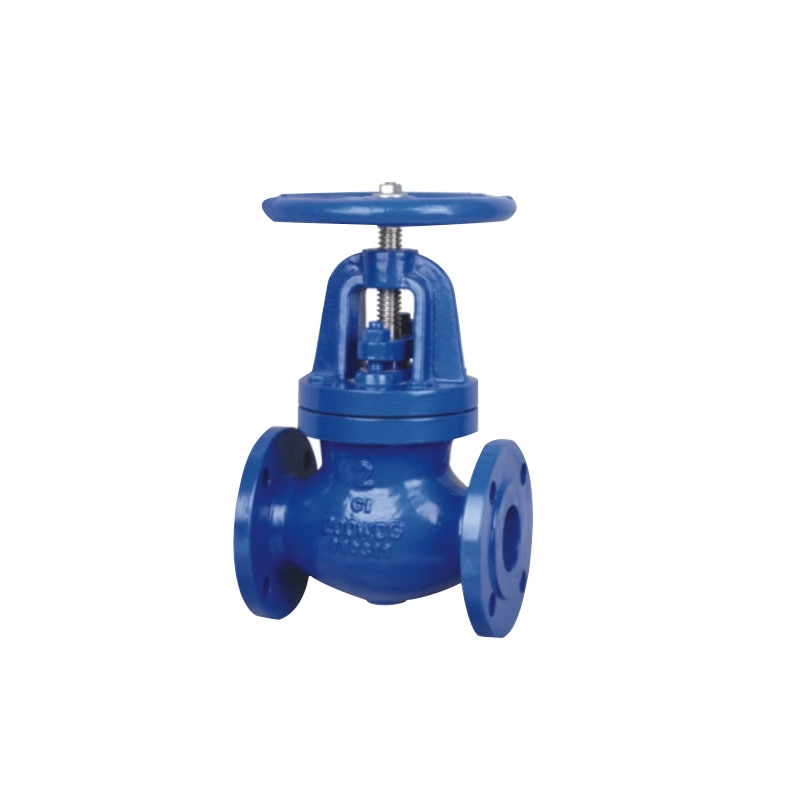Content Menu
● Introduction to Betts Emergency Valves
>> Key Features of Betts Emergency Valves
● Operational Efficiency Enhancements
>> Reduced Downtime
>> Improved Safety
>> Simplified Maintenance
>> Compliance with Regulations
● Applications of Betts Emergency Valves
>> Oil and Gas Industry
>> Chemical Processing
>> Transportation
● Challenges and Future Developments
● Conclusion
● Frequently Asked Questions
● Citations:
API Betts emergency valves are designed to enhance operational efficiency in various industrial settings, particularly in the oil and gas sector. These valves are engineered to provide reliable and safe emergency shutdowns, ensuring the protection of personnel and equipment. In this article, we will explore how Betts emergency valves contribute to operational efficiency and discuss their key features and applications.

Introduction to Betts Emergency Valves
Betts emergency valves are part of a broader category of safety devices used in industrial processes. They are specifically designed to meet stringent safety standards, such as those outlined by the American Petroleum Institute (API) and other regulatory bodies. These valves are crucial in emergency situations, such as under-ride accidents or high-temperature conditions, where rapid shutdown is necessary to prevent damage or loss.
Key Features of Betts Emergency Valves
Betts emergency valves incorporate several key features that enhance operational efficiency:
- Aluminum Body with Shear Section: The aluminum body provides durability while keeping the valve lightweight. The shear section is designed to shear and close the valve in the event of an under-ride accident, ensuring safety and minimizing damage.
- Fusible Plug: A fusible plug is installed to release air pressure if temperatures exceed a certain threshold, typically 212°F. This feature ensures that the valve can operate safely even in extreme conditions.
- Teflon Encapsulated Seals: These seals offer compatibility with a wide range of products, reducing the risk of contamination and ensuring smooth operation.
- Internal Air Cylinder: The internal air cylinder saves space on the exterior of the valve, providing maximum clearance for piping and facilitating easier installation and maintenance.
- Stainless Steel Jackscrew: This allows for manual operation in the event of an air system failure, ensuring that the valve can be controlled even when automated systems are not functioning.
Operational Efficiency Enhancements
Betts emergency valves enhance operational efficiency in several ways:
Reduced Downtime
By providing rapid and reliable shutdowns in emergency situations, Betts valves minimize downtime. This is crucial in industries where continuous operation is essential for productivity and profitability. The ability to quickly respond to emergencies reduces the time spent on repairs and maintenance, allowing operations to resume sooner.
Improved Safety
Safety is paramount in industrial operations, and Betts valves contribute significantly to this aspect. By ensuring that equipment and personnel are protected during emergencies, these valves help maintain a safe working environment. This not only reduces the risk of accidents but also boosts morale and productivity among workers.
Simplified Maintenance
The design of Betts emergency valves, with features like internal air cylinders and stainless steel components, simplifies maintenance tasks. The valves are constructed to withstand harsh conditions, reducing the need for frequent repairs or replacements. Additionally, the use of Teflon encapsulated seals minimizes the risk of contamination, further reducing maintenance requirements.
Compliance with Regulations
Betts valves are designed to meet or exceed regulatory standards, such as those set by the API and other relevant bodies. This ensures that operations remain compliant with safety and environmental regulations, avoiding potential legal issues or fines.
Applications of Betts Emergency Valves
Betts emergency valves are versatile and can be applied in various industrial settings:
Oil and Gas Industry
In the oil and gas sector, these valves are used in wellheads and other critical applications where emergency shutdowns are essential. They provide reliable operation in remote locations with minimal supervision.
Chemical Processing
In chemical processing plants, Betts valves ensure safe handling of hazardous materials by providing quick shutdowns in case of emergencies.
Transportation
In the transportation sector, particularly for cargo tanks, Betts valves are used to protect against accidents during loading and unloading operations.
Challenges and Future Developments
Despite the efficiency enhancements provided by Betts emergency valves, there are ongoing challenges and areas for future development:
- Technological Advancements: Integrating advanced technologies, such as remote monitoring and automated systems, could further enhance operational efficiency.
- Material Innovations: Research into new materials could lead to even more durable and lightweight valves, improving performance and reducing maintenance needs.
- Regulatory Compliance: As safety standards evolve, valves must be designed to meet new requirements, ensuring ongoing compliance and safety.
Conclusion
Betts emergency valves play a critical role in enhancing operational efficiency across various industries. Their design features, such as rapid shutdown capabilities and durable construction, contribute to reduced downtime, improved safety, and simplified maintenance. As technology advances and regulatory requirements evolve, the development of these valves will continue to be crucial for ensuring safe and efficient operations.
 Frequently Asked Questions
Frequently Asked Questions
1. What is the primary function of a Betts emergency valve?
- The primary function of a Betts emergency valve is to provide a rapid and reliable shutdown in emergency situations, such as under-ride accidents or high-temperature conditions.
2. What materials are used in the construction of Betts emergency valves?
- Betts emergency valves are typically constructed from aluminum, with components like stainless steel jackscrews and Teflon encapsulated seals.
3. How do Betts emergency valves enhance operational efficiency?
- They enhance operational efficiency by reducing downtime, improving safety, simplifying maintenance, and ensuring compliance with regulatory standards.
4. In what industries are Betts emergency valves commonly used?
- Betts emergency valves are commonly used in the oil and gas industry, chemical processing, and transportation sectors.
5. What is the purpose of the fusible plug in Betts emergency valves?
- The fusible plug is designed to release air pressure if temperatures exceed a certain threshold, typically 212°F, ensuring safe operation in extreme conditions.
---
Citations:
[1] https://www.jmesales.com/betts-4-in-aluminum-internal-air-emergency-valve-elbow-grooved/
[2] https://parts.krafttank.com/product/betts-6-x-4-90-air-emergency-valves/
[3] https://parts.krafttank.com/product/betts-6-x-4-straight-air-emergency-valves/
[4] https://www.emerson.com/documents/automation/product-brochure-pwp-series-pressureguard-wellhead-protection-emerson-en-en-6115202.pdf
[5] http://dbltank.com/wp-content/uploads/2017/08/valves.pdf
[6] https://www.bettsind.com/product/4-inch-flat-seat-aluminum-external-air-tee/
[7] https://www.bettsind.com/product/6-x-4-tapered-seat-aluminum-straight-manual/
[8] https://www.wertswelding.com/product/ev46911alts/
[9] https://www.littlejohninc.com/betts-emergency-valves-external-air-operated-flanged-ev46466alts
[10] https://dixonvalve.com/sites/default/files/marketing/misc/SuperTanker%20Spec%20Sheet.pdf
















